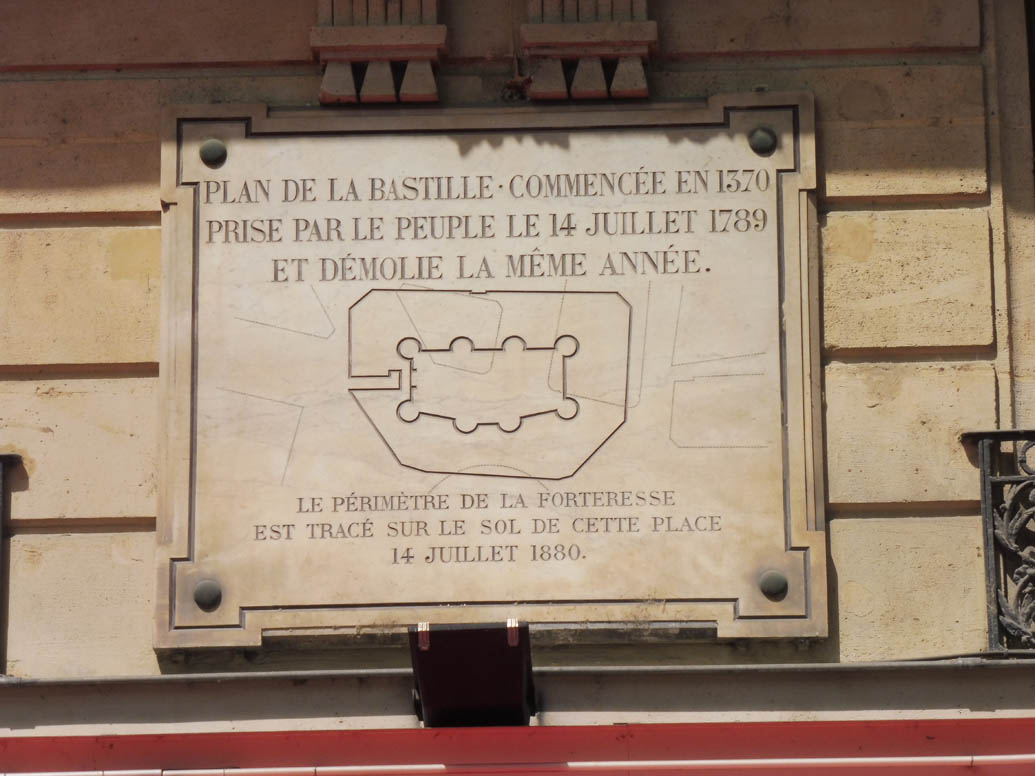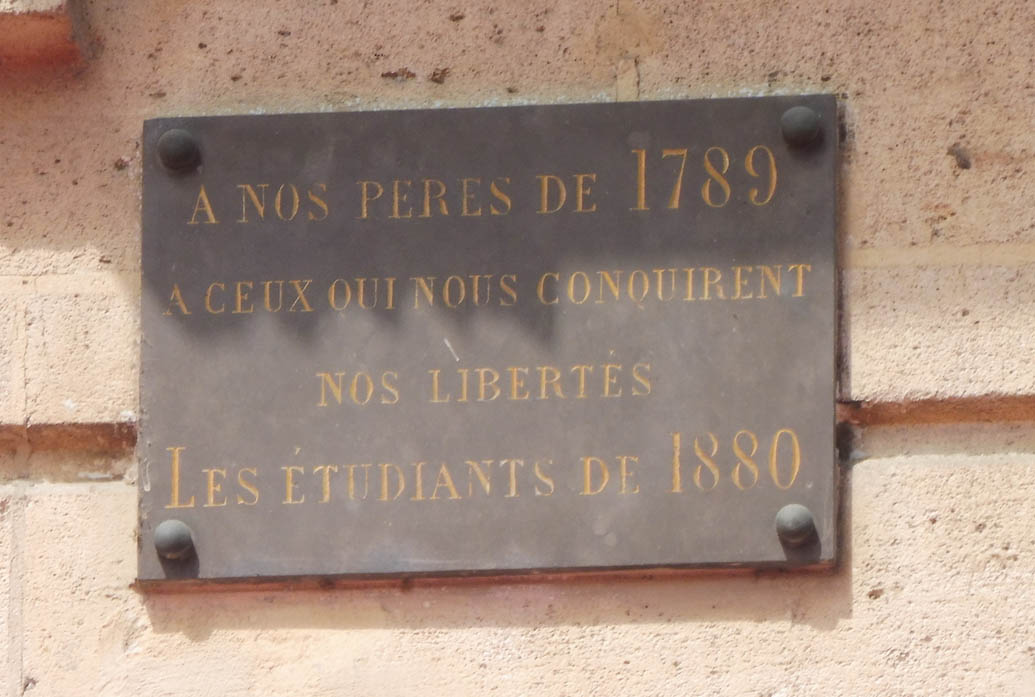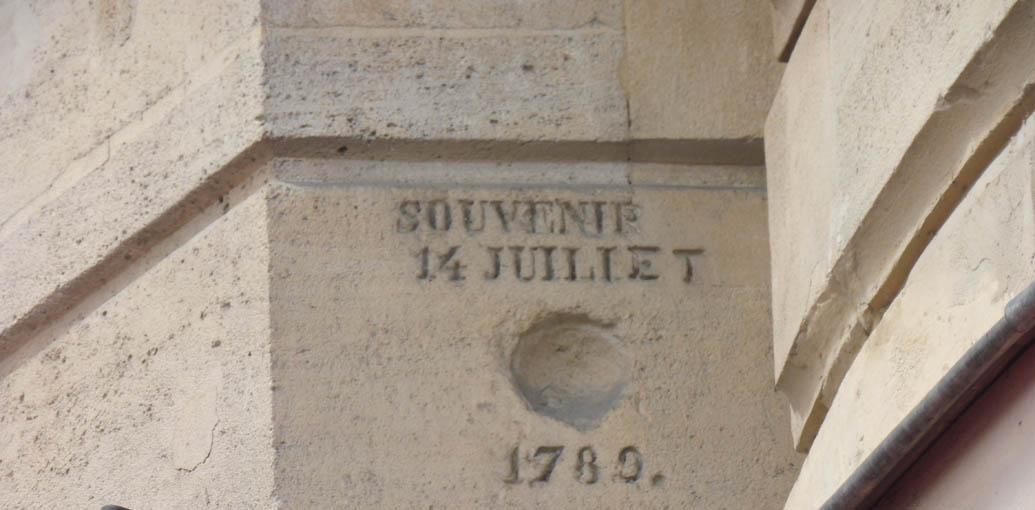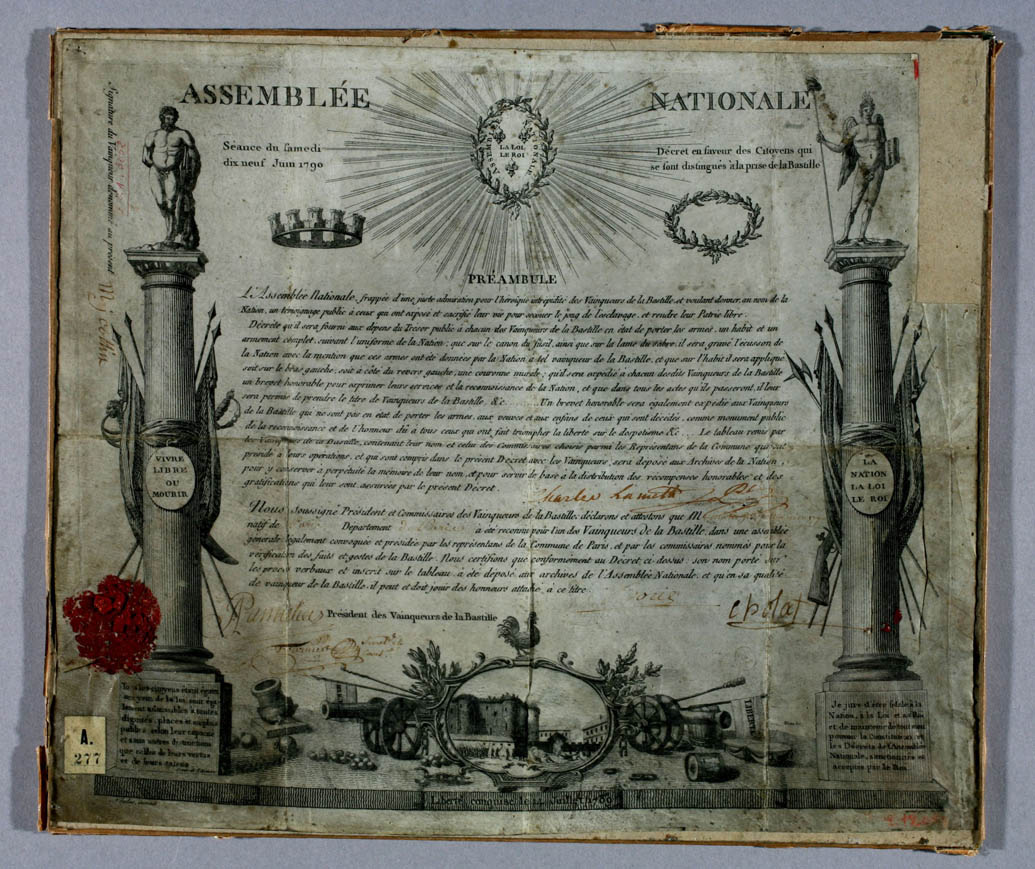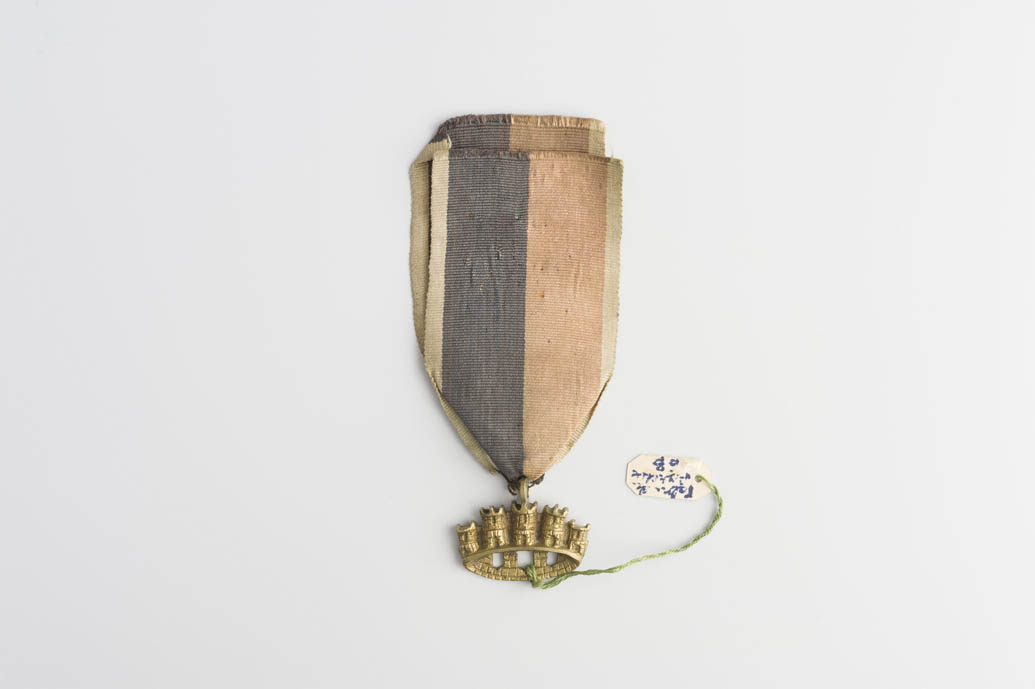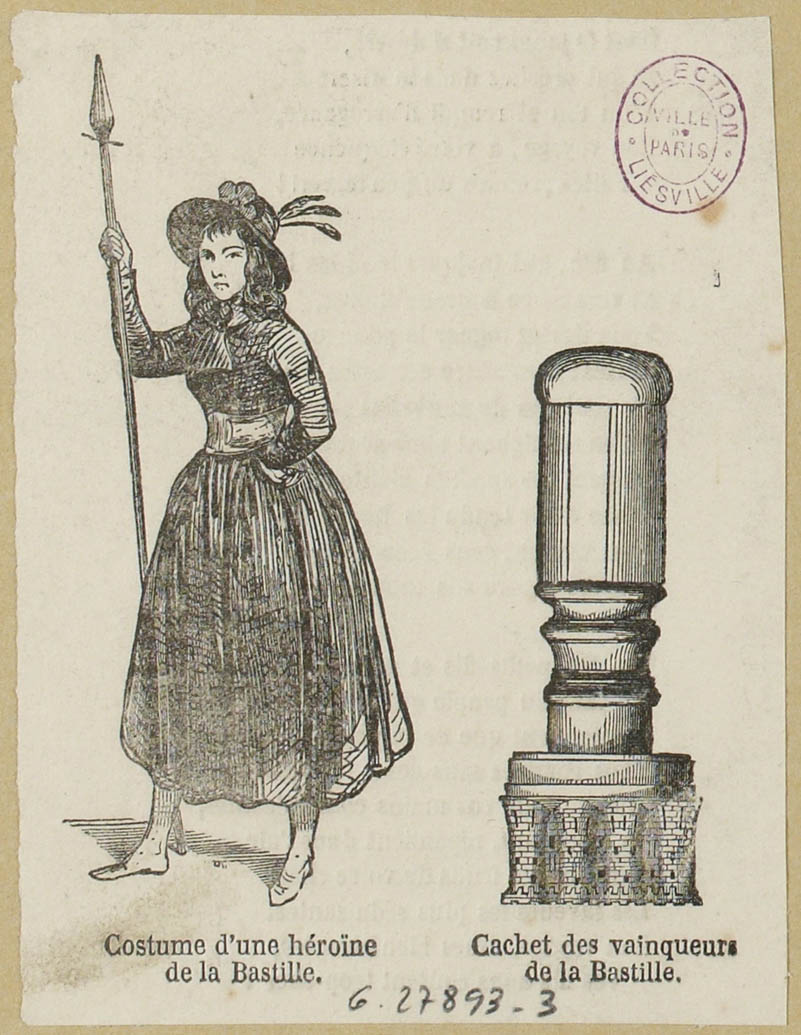A Commemorative Site
If we look hard, many traces of the Bastille’s revolutionary memory still exist today, like this plaque, above the Café Français, depicting the map of the Bastille. It was placed here on July 14, 1880: this date had just been chosen as the official date for the French national holiday. Students had also wanted to place another plaque in honor of the insurgents of 1789. It was also at this time that the outline of the defunct fortress was traced on the square’s cobblestones. The hole made by the cannonball accompanied by the phrase “in remembrance of July 14, 1789” is obviously post-1789: the façade on which it is embedded dates from 1871. Therefore, it should be viewed as a commemorative object.
Location
Itinerary3 place de la Bastille
Suggestion
The Bastille and its neighborhood
The Stones of the Bastille: Commemorative Objects
To find out more…
Who were the “conquerors” of the Bastille?
In the days that followed the storming of the Bastille, many pretended to have been brave enough to storm the fortress or claimed that they were the first to climb to the top of its towers. It should be mentioned that the insurgents from July 14, 1789 all became martyrs or heroes. Large masses were celebrated in honor of those who fell in combat. Celebrated, adulated, those who survived saw their lives change like Hulin, the Knight of Saint-Huruge, or Stanislas Maillard who suddenly became a major revolutionary figure. One year after the storming of the Bastille, on the occasion of the Festival of the Federation, the National Assembly thanked them officially. However, the message was clear: the time for insurrection was over! People needed to go home. The official honor was more or less sidelined. Those who were bestowed with the official title of “Conquerors of the Bastille” did, however, receive a medal, a certificate, a badge as well as a sabre, and were considered to be first-class citizens. In order to draw up a reliable list and unmask the many usurpers who pretended to have played leading roles, a commission was even set up. Among them, not a single woman, even though there were many who wholeheartedly participated in the combat, like Catherine Pochetat, for instance.
Two Parisians forgotten in the storming of the Bastille: Catherine Pochetat and Stanislas Maillard
They may have been forgotten, but they definitely participated in the Bastille fighting. On July 14, 1789, a laundrywoman named Catherine Pochetat took up arms, just like other women. She then served as a gunner in the Saint-Denis battalion and even claimed to have captured a Prussian officer during the war. Injured first in the battle of Jemmapes and then Aachen in 1792, she finally reached the rank of second lieutenant and commanded a company in the Ardennes army in Liège.
Nicknamed “Hard-hitter,” Stanislas Maillard was lucky to be a man. He immediately became a hero and knew how to play on his popularity: he gave himself the title “Captain of the Conquerors of the Bastille,” participated in the Women’s March on October 5, 1789 and even became an officer in the Parisian National Guard. However, like other sans-culottes who were close to the people, he died in oblivion.


